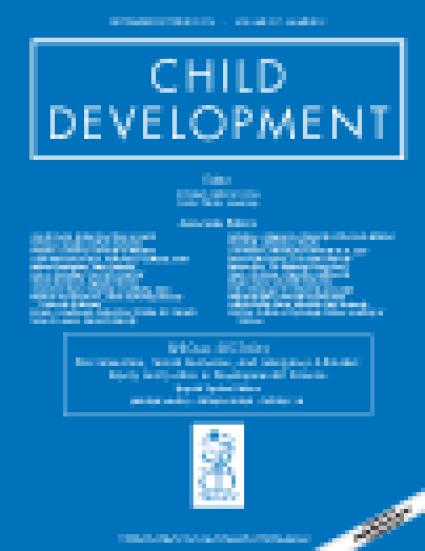
Article
The Cortical Development of Specialized Face Processing in Infancy
Child Development
(2016)
Abstract
The aim of this study was to examine specialized face processing in forty-eight 4.5- to 7.5-month-old infants by recording event-related potentials (ERPs) in response to faces and toys, and to determine the cortical sources of these signals using realistic, age-appropriate head models. All ERP components (i.e., N290, P400, Nc) showed greater amplitude during periods of attention than inattention. Amplitude was greater to faces than toys during attention at the N290, and greater to toys at the P400. Cortical source analysis revealed activity in occipital–temporal brain areas as the source of the N290, particularly the middle fusiform gyrus. The Nc and P400 were the result of activation in midline frontal and parietal, anterior temporal, and posterior temporal and occipital brain areas.
Disciplines
Publication Date
Fall 2016
DOI
10.1111/cdev.12543
Citation Information
Margaret W Guy, Nicole Zieber and John E. Richards. "The Cortical Development of Specialized Face Processing in Infancy" Child Development (2016) Available at: http://works.bepress.com/margaret-guy/3/
